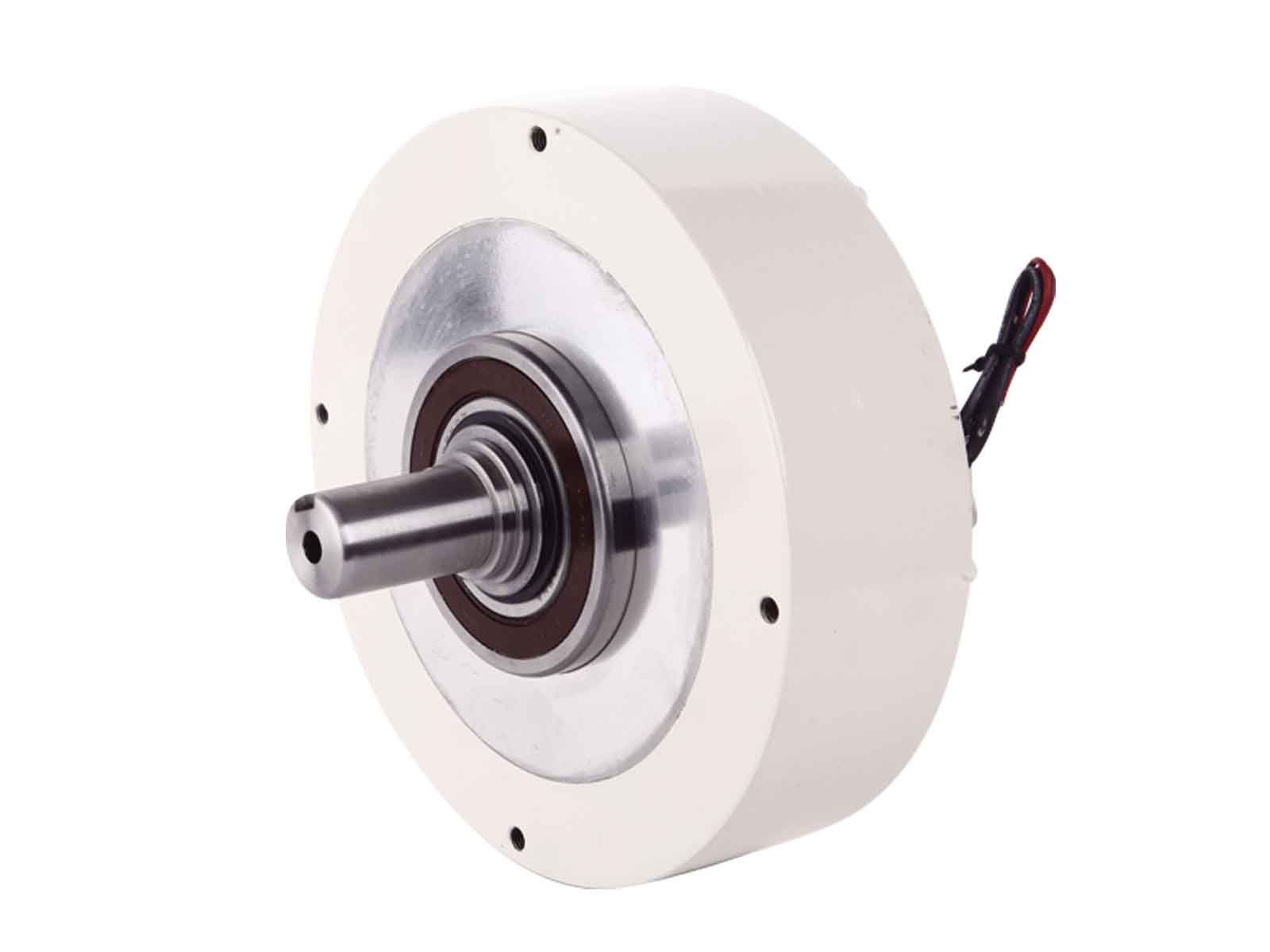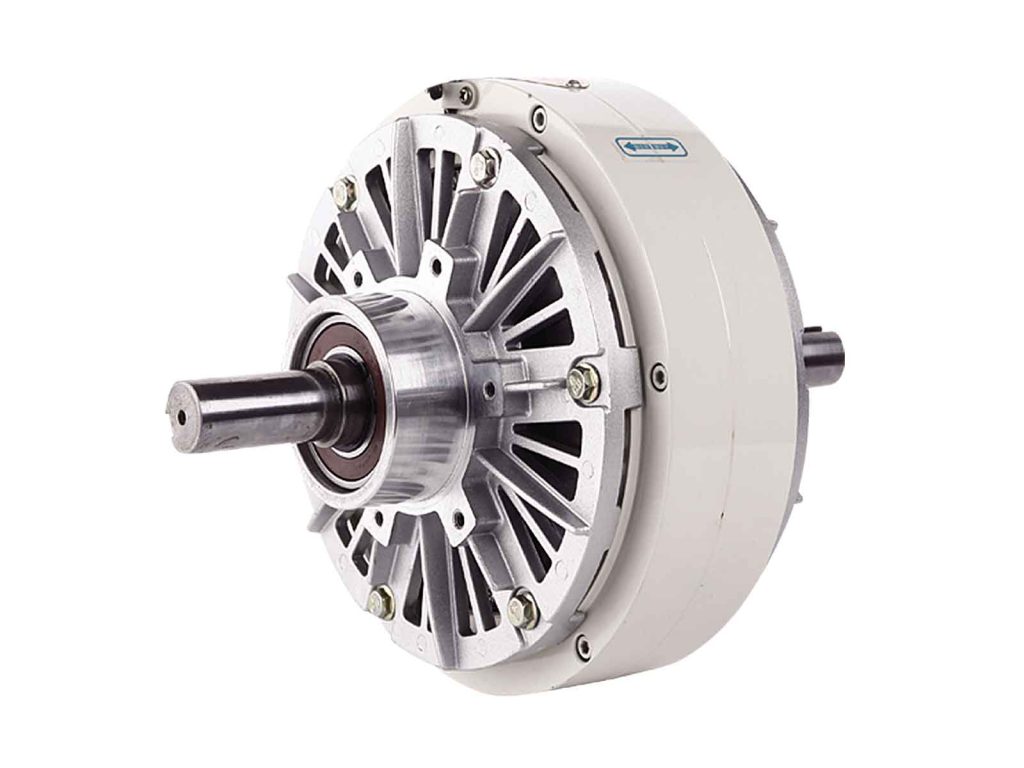The application of magnetic powder brakes in mechanical characteristic testing of asynchronous motors has garnered attention due to their versatile control and high precision. However, this approach is not without its challenges.
Challenges and Considerations
Torque Transmittance Variability
Magnetic powder brakes rely on the interaction between magnetic particles to transmit torque. The torque transmittance is influenced by factors such as magnetic field strength, powder consistency, and temperature. In a mechanical characteristic test, inconsistencies in torque transmission can lead to inaccurate measurements of motor performance. Therefore, maintaining a consistent torque transfer mechanism is crucial for reliable results.
Temperature Effects
Magnetic powder brakes generate heat during operation, which can affect the efficiency and accuracy of the test. Temperature fluctuations alter the viscosity of the magnetic powder, causing changes in braking torque. To mitigate this, a temperature compensation mechanism or controlled cooling system should be implemented to ensure stable braking characteristics.
Challenges in Implementation
Calibration Complexity
Achieving precise and repeatable torque values requires careful calibration of the magnetic powder brake. The relationship between electrical current input and braking torque might not be linear due to factors like wear and hysteresis. This nonlinearity demands a thorough calibration process, potentially involving multiple tests at various current levels to establish an accurate torque-current relationship.
Dynamic Response Limitations
Asynchronous motors often exhibit varying speeds and loads during operation. Magnetic powder brakes might struggle to provide rapid and precise torque adjustments, particularly during sudden speed changes. This limitation could affect the simulation of real-world conditions, where motors frequently encounter dynamic load profiles.
Implications and Solutions
- Real-time Monitoring and Feedback : Incorporating sensors to monitor both braking torque and motor speed in real time enables immediate feedback for adjusting the magnetic powder brake’s current input. This approach compensates for dynamic changes and ensures the accuracy of the characteristic test.
- Advanced Control Algorithms : Implementing sophisticated control algorithms, such as adaptive or predictive control, can enhance the magnetic powder brake’s responsiveness. These algorithms anticipate changes in motor behavior and proactively adjust the braking torque, minimizing discrepancies during sudden load variations.
Case Study: Experimental Data
To illustrate the challenges and solutions, we conducted a series of tests on an asynchronous motor using a magnetic powder brake. The results were compiled into the following:
| Test | Braking Torque (Nm) | Motor Speed (RPM) | Current Input (A) |
|---|---|---|---|
| 1 | 12.5 | 1450 | 3.2 |
| 2 | 11.8 | 1500 | 3.5 |
| 3 | 13.2 | 1400 | 3.0 |
Conclusion
Magnetic powder brakes present a promising avenue for conducting mechanical characteristic tests on asynchronous motors, but they come with inherent challenges related to torque transmittance variability, temperature effects, calibration complexity, and dynamic response limitations.
Overcoming these challenges requires the integration of real-time monitoring, advanced control algorithms, and meticulous calibration procedures. By addressing these issues, researchers and engineers can harness the full potential of magnetic powder brakes for accurate and reliable motor performance evaluation.

